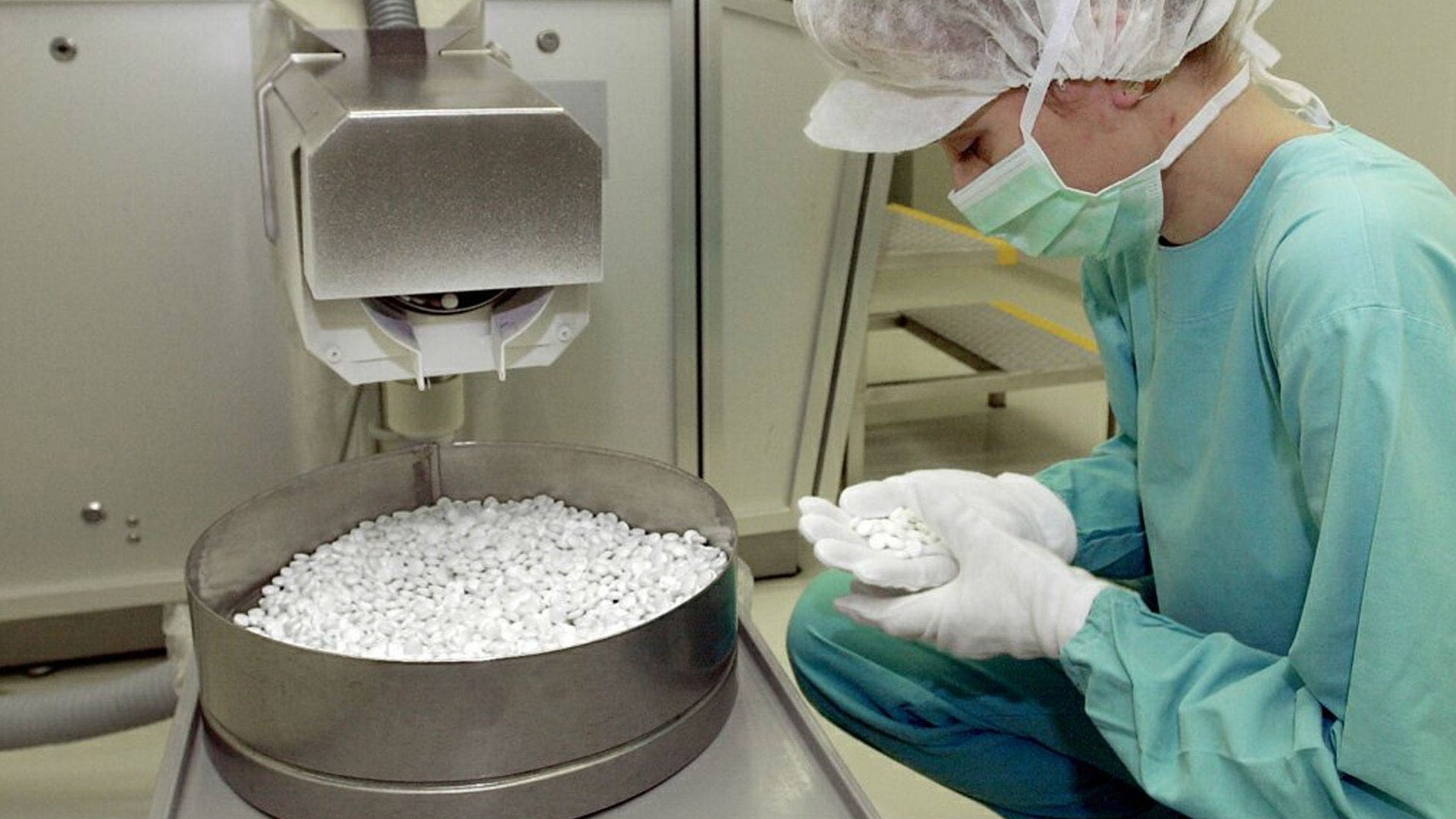We took 65% more antibiotics in 2015 than we did in 2000
Globally, antibiotic use has been on the rise—which doesn’t bode well for the looming threat of superbugs.


Globally, antibiotic use has been on the rise—which doesn’t bode well for the looming threat of superbugs.
From 2000 to 2015, approximately 65% more antibiotics have been sold globally both in total and by individual dose, according to researchers from Johns Hopkins, Princeton University, and the Center for Disease Dynamics, Economics & Policy, based in Washington DC. The researchers tapped surveys from 76 countries of over 100 types of antibiotics conducted by IQVIA, a health research company based in Durham, North Carolina.
To determine if individuals are taking more antibiotics, researchers converted these data into uniform, individualized doses, referred to as defined daily doses (DDDs), and divided by 1,000 people per country. The result: Individuals are taking 39% more antibiotics than they took in 2000. The study was published March 26 in the Proceedings of the National Academies of Science.
Antibiotics save lives by treating bacterial infections, but many public health officials worry that doctors prescribe them inappropriately. These drugs only treat bacterial infections and are useless against viruses, including those that cause the common cold or other upper respiratory infections.
Healthcare providers often give patients antibiotics when they suspect bacterial infection. However, confirming the type of infection through a culture takes time and often patients and providers do not want to wait. As a result, providers frequently give patients antibiotics preemptively.
Microbiologists only recently realized that these drugs breed drug-resistant bacteria, also known as superbugs. Superbugs are bacteria that have evolved to withstand various types of antibiotics. When superbugs cause an infection, physicians must use much stronger antibiotics, which come with their own unpleasant side effects and don’t always work. One estimate suggests (pdf, p. 14) that in 2016, there were at least 700,000 deaths related to drug-resistant infections, and that there could be 10 million by the year 2050.
We may be running out of ways to fight drug-resistant infections. The rise in superbugs has corresponded with a slump in bringing new antibiotics to market. Although scientists are looking all over for new drugs, most of the time treating bacterial superbugs involves combining two existing antibiotics, or using an antibiotic of last resort. These medications are used highly infrequently, because they are often toxic as well. And using these drugs further increases the risk of breeding unstoppable superbugs.
This research uses broad estimates based on surveys, which are likely to include some inconsistencies. However, the trend is unsettling: ”You have to think of [antibiotic resistance] as a new disease which can’t be treated with any drugs that we have,” Ramanan Laxminarayan, an economist at the Center for Disease Dynamics, Economics & Policy and co-author of the study, told Quartz previously.